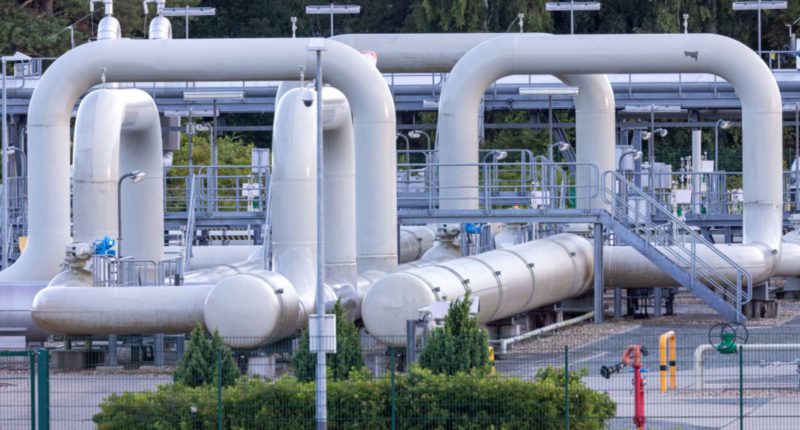Russia has halted all gas shipments to Europe via a major pipeline, citing the necessity for repairs. Gazprom, Russia’s state-owned energy company, said the limits on the Nord Stream 1 pipeline would last three days but Russia has already decreased pipeline gas shipments dramatically.
Why this matter
Russia has been accused of using this move as a weapon of war but they deny using energy resources as a weapon of war against Western countries. However, Russian President Vladimir Putin’s spokesman has denied the charges, claiming that Western sanctions have caused the disruptions by causing damage to Russian infrastructure.
Germany is the most affected by this move and they hope it lifts soon because the move has already led several German companies to halt production.
Russia’s gas company has also decided that it would stop supplying gas to the French energy business Engie.
How Russia is using Gas against Europe
Gazprom shut down the Yamal gas pipeline, which runs through Belarus and Poland and distributes gas to Germany and other European countries, in May. In June, Gazprom reduced gas supply via Nord Stream 1 by 75%, from 170 million cubic metres per day to around 40 million cubic metres. Then, in July, it shut down Nord Stream 1 for ten days due to maintenance.
Shortly after restarting, Gazprom cut the amount provided in half to 20 million cubic metres due to “faulty equipment.” It has now totally ceased all gas shipments to Europe via the pipeline, saying that repairs are required.
Obvious Economic Effect
European authorities are concerned that Russia would prolong the outage in order to push up gas prices, which have already climbed dramatically in the last year. Germany and all Europe has always relied heavily on Russian gas to meet its energy needs. When Russia declared its plan to restrict supply in July, the wholesale price of gas in Europe increased by 10% the next day.
Gas prices are now over 450% higher than at this time last year. The sharp increase threatens to cause a cost-of-living catastrophe during the winter months, potentially requiring governments to spend billions of dollars to alleviate the load.
What you should know
Nord Stream 1 is a 1,200km (745 mile) pipeline that runs beneath the Baltic Sea from the Russian coast near St Petersburg to north-eastern Germany. It launched in 2011 and has a daily capacity of 170 million cubic metres of gas from Russia to Germany.
According to Russia, the pipeline was shut down for 10 days in July for maintenance and has recently been working at about 20% capacity due to what Russia claims as malfunctioning equipment.
Since the Russian-Ukraine conflict began, Russia has gradually cut back on supplying gas to neighboring countries.

